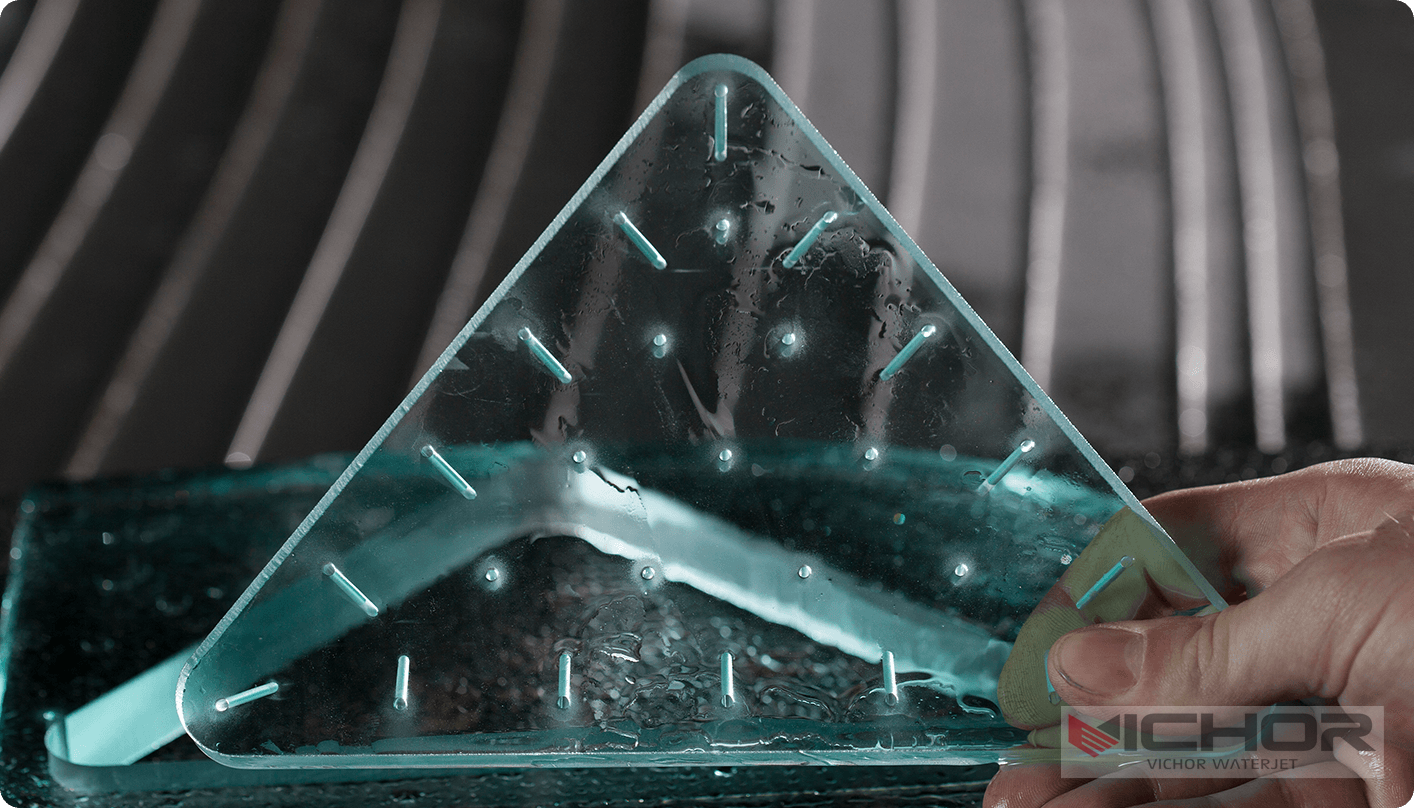
7 Essential Things to Know About Water Jet Cutting Solutions Before You Buy
In the world of modern manufacturing and fabrication, precision and versatility are paramount. Among the myriad of cutting technologies available, one stands out for its unique ability to handle almost any material with cold, pure power: water jet cutting solutions. This technology, which harnesses the force of water—sometimes mixed with an abrasive substance—to slice through materials, has revolutionized how industries from aerospace to art create their products. But what exactly are these systems, and how can you determine if they are the right fit for your operation? This comprehensive guide delves into seven crucial aspects of water jet cutting solutions, addressing their benefits, applications, and the common questions potential buyers often have.
What Are Water Jet Cutting Solutions and How Do They Work?
At its core, a water jet cutter is a tool that uses a very high-pressure jet of water, or a mixture of water and an abrasive granular substance, to cut through material. The fundamental principle is surprisingly straightforward yet incredibly powerful.
A high-pressure pump, often intensifier-based or direct-drive, pressurizes ordinary water to extreme levels, typically between 60,000 and 90,000 PSI (4,000 to 6,200 bar). This ultra-high-pressure water is then forced through a small orifice, usually made of sapphire or diamond, in the cutting head. This process creates a supersonic stream of water thinner than a human hair. For cutting harder materials like metals, stone, or ceramics, an abrasive material (such as garnet) is introduced into the stream in a mixing tube. This abrasive jet erodes the material along a predetermined path, controlled by sophisticated CNC (Computer Numerical Control) systems. Pure water jets, without abrasive, are used for softer materials like foam, rubber, food products, and insulation.
This “cold” cutting process is a key differentiator for water jet cutting solutions, as it generates no heat-affected zone (HAZ), preventing alterations to the material’s inherent structure.
The Unmatched Advantages of Implementing Water Jet Cutting Solutions
Why are so many industries turning to this technology? The advantages are numerous and significant:
No Heat-Affected Zone (HAZ): Unlike laser or plasma cutting, water jets produce no thermal stress, warping, or microstructural changes in the material. This is critical for metals that are heat-treated or for materials that are sensitive to high temperatures.
Material Versatility: This is perhaps the biggest selling point. A single water jet cutting solution can cut through metal (titanium, aluminum, steel), stone, glass, composites, rubber, plastic, ceramic, and food. It eliminates the need for multiple, dedicated cutting machines.
High Precision and Accuracy: Modern CNC-controlled systems offer exceptional accuracy, with tolerances as tight as ± 0.003 inches (± 0.076 mm). They can produce intricate shapes and complex geometries that would be difficult or impossible with other mechanical tools.
Environmentally Friendly: The process produces no hazardous fumes or vapors. The primary waste products are water and spent abrasive, which can often be recycled or disposed of more easily than the waste from thermal cutting processes.
Minimal Material Waste: The narrow kerf (the width of the cut) allows for parts to be nested very closely together on a sheet of material, maximizing yield and reducing scrap.
Key Industries That Rely on Water Jet Cutting Technology
The versatility of water jet cutting solutions makes them indispensable across a wide spectrum of sectors:
Aerospace and Aviation: Used for cutting intricate parts from advanced composites, titanium alloys, and aluminum without compromising their structural integrity.
Architecture and Art: Perfect for creating detailed designs in marble, granite, glass, and metal for decorative panels, sculptures, and signage.
Automotive: Employed for cutting interior components (like gaskets and carpets), composite body parts, and custom trim pieces.
Manufacturing and Machine Shops: A go-to for general-purpose prototyping, tooling, and low-to-medium volume production runs of parts from various materials.
Food Industry: Pure water jets are used for cutting cakes, frozen foods, poultry, and pastries hygienically and with precision, without cross-contamination.
Choosing the Right Water Jet Cutting Solution for Your Needs
Investing in a water jet system is a significant decision. Here are the primary types to consider:
Abrasive Water Jets: The standard for cutting hard materials. Essential for metal, stone, and ceramic applications.
Pure Water Jets: Used for soft materials. They are quieter, have lower operating costs, and are faster on their intended materials.
Pump Types:
Intensifier Pumps: Generate high pressure using a hydraulic intensifier. They are the industry standard, offering high reliability and the ability to generate the highest pressures.
Direct-Drive Pumps: Use a crankshaft mechanism to pressurize water. They are typically more energy-efficient for applications requiring pressures below 60,000 PSI and are known for continuous duty cycles. 
Table Size and Configuration: Consider the maximum size of the material you need to process. Tables can range from small 4′ x 4′ platforms to massive 20′ x 40′ beds or larger.
CNC Controller and Software: The brain of the operation. Look for user-friendly software that supports common file formats (like DXF and DWG) and offers features like automatic nesting and cut-path optimization.
Common Challenges and Limitations of Water Jet Cutting
While powerful, the technology is not without its limitations. Understanding these is key to setting realistic expectations.
Cutting Speed: On very thick and hard materials, water jets can be slower than thermal cutting methods like plasma. However, for complex shapes or heat-sensitive materials, the overall production time may still be shorter due to reduced post-processing.
Operating Costs: The ongoing costs include electricity, high-pressure pump maintenance, and abrasive material (for abrasive jets). The orifice and mixing tube are also consumable parts that require regular replacement.
Noise and Maintenance: Abrasive water jet systems can be loud, often requiring operators to wear hearing protection. The systems also require regular maintenance to ensure pump health and cutting head performance.
Taper: A inherent characteristic of the cutting process is that the jet stream can create a slight V-shaped taper on the cut edge (wider at the top and narrower at the bottom). Modern advanced cutting heads and software can compensate for this to produce near-perpendicular edges.
Frequently Asked Questions About Water Jet Cutting Solutions
Q1: How thick of a material can a water jet cut?
A: Abrasive water jets can cut materials over 12 inches thick, depending on the hardness of the material. Softer materials like aluminum can be cut thicker than harder materials like tool steel. Pure water jets are generally used for materials up to a few inches thick.
Q2: What is the typical tolerance and edge quality?
A: A well-tuned machine can hold tolerances of ± 0.003″ to ± 0.005″. The edge quality is a smooth, satin finish. A higher quality “striation-free” cut can be achieved by slowing the cutting speed, though this increases cost.
Q3: Is the water recycled?
A: The water itself is not typically recycled in the high-pressure system due to contamination concerns. However, many systems use catcher tanks that recycle water for the purpose of containing the spent jet and abrasive, reducing overall water consumption.
Q4: How expensive is it to operate a water jet cutter?
A: Operational costs vary widely. Key factors include electricity consumption, the cost of abrasive garnet (a significant expense), and replacement parts like orifices and mixing tubes. Pure water jets have much lower operating costs as they don’t use abrasive.
Q5: Can a water jet be used for drilling or just cutting?
A: Yes, most modern water jet cutting solutions have drilling capabilities. The head can be programmed to pierce the material at a specific point before beginning the cut, eliminating the need for a pre-drilled starter hole.
The Future of Water Jet Cutting Solutions
The technology continues to evolve. Future trends point towards even greater efficiency and capability. We are seeing developments in higher pressure pumps (up to 120,000 PSI) for faster cutting speeds, more intelligent software for predictive maintenance and real-time quality control, and advanced 5-axis cutting heads that can create complex beveled edges in a single pass. The integration of IoT (Internet of Things) for remote monitoring and data analytics is also making these systems smarter and more connected than ever before.
In conclusion, water jet cutting solutions offer a unique combination of versatility, precision, and cold-cutting power that is unmatched by other technologies. By carefully considering your material needs, production volume, and the total cost of ownership, you can determine if this powerful technology is the key to unlocking new levels of efficiency and creativity in your fabrication process.
continue reading
Related Posts
- 1461 words7.4 min read



